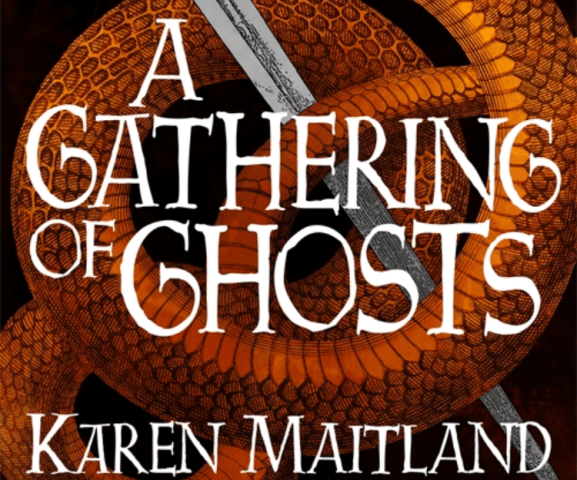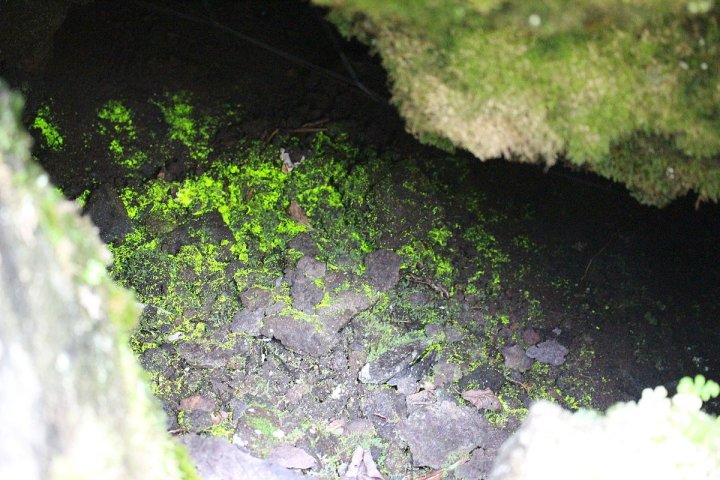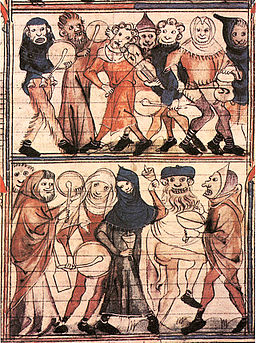West Country Links to the Medieval Plagues by Karen Maitland

Karen Maitland explores medieval plague links in the West Country – the setting of her latest novel, The Plague Charmer.
DORSET
Melcombe (now part of Weymouth) – Dorset
Several medieval chroniclers claimed that this town is where the plague first entered Britain in 1348 via two ships from the Channel Islands or Calais. This town is said to be the first in England to be infected. (I wrote a scene of this event in Company of Liars). Others chroniclers claim it was a ship from Bristol which brought the infection to Melcombe but, either way, it is thought the plague first took hold and began to spread out from Melcombe.
Shaftesbury, Dorset
In 1348, this town lost many vicars to the plague so they were forced to reappoint incumbents on 29 November, 10 December, 6 January and 12 May. The closeness of the dates of the new appointments shows how quickly the vicars must have died after taking office.
Wareham, Dorset
They lost the head of the local Priory and four vicars in quick succession in 1348 – two in December, then May then June.
Poole, Dorset
In 1348, Poole was so badly hit that the town’s authorities had to buy the tongue of land known as the Baiter to inter the plague victims.
Mapperton – Dorset
An ancient sycamore that stands by the road at Mapperton is a memorial to the villagers who died in the plague. Mapperton had no church, and mourners buried their dead at Netherbury, carrying the coffins over the hills. When the Black Death came, the survivors tried to take the plague victims for a Christian burial in holy ground, but the men from Netherbury armed themselves and blocked their way, threatening violence if they attempted to bring the plagued corpses into their churchyard for fear they would bring the plague to Netherbury. So the dead were buried by the track in unconsecrated ground, and the tree marks the spot. It is known as the Posy Tree, because those who carried the dead also carried posies of sweetly scented flowers and herbs that were thought to ward off the plague and also helped to mask the sicking stench of the plague victims’ bodies.
Lychett Matravers – church path – The Whispering Corner – Dorset
Whispering Corner is reportedly so haunted that both day and night you can hear the ghosts whispering. In the medieval times the church was in the centre of the village. One of the legends of this place tells that the village was badly struck by the plague and so many died, but those who could still stand decided to flee the village and walk to the coast near Poole in the hope that the sea air would drive away the poisonous miasma of the plague. But they were so weak they were forced to sit and rest on the journey and some never got up again. The place where they died is Whispering Corner and it is their ghosts which you can hear there. The survivors never returned and the village was rebuilt later on a new spot away from the church, leaving it isolated.
SOMERSET
Bath – high medieval wall near Theatre Royal
According to local legend, the long drop on the other side of this wall is where plague-infected bodies were thrown. Their restless ghosts can be heard moaning and grumbling about their indecent and unholy burial.
In January 1349, Ralph of Shrewsbury, the Catholic Bishop of Bath and Wells took the unprecedented step of sending out a letter to all the priests in the diocese of Bath and Wells saying that, as there were so few priests to go out to tend to the people, and people were dying so quickly, the laity should be told to make their confessions to each other rather than to a priest, so they did not die in sin. He even wrote that they could confess to a woman if there were no men left, which outraged many. Bishop Ralph locked himself away in his house in the remote village of Wiveliscombe for the duration of the plague. He certainly wasn’t going to risk venturing out to hear confessions.
Yeovil
By December 1349, the first wave of plague had died away and Bishop Ralph visited Yeovil to hold a service of thanksgiving. A mob, that he described as the ‘Sons of Perdition’, armed with bows and arrows, iron bars and other weapons attacked the church, injuring many of the bishop’s retinue and keeping the Ralph and his congregation imprisoned until nightfall. The bishop escaped to the rectory, but the attackers laid siege to that, eventually dispersing the following day. They were angry at the Church for falling to protect them from the plague and deserting the people.
It is estimated that 47.6% of clergy in Somerset died in the 1348 outbreak.
Plague and the flag Somerset
The flag adopted by Somerset as its county flag was a red dragon (or wyvern) on a yellow banner. This was chosen because of the many legends of dragons and wyverns in this county. The emblem itself was probably last seen on the battlefield in 1066. A wyvern is a winged beast, bringer of death and destruction. A wyvern only has two legs, as opposed to the dragon’s four so it is sometimes depicted with two arms and two legs or, on some badges in Somerset, with two legs and a serpent’s tail. Wyverns were believed to spread pestilence wherever they appeared. In the Middle Ages, the plagues which swept both humans and livestock were blamed upon these creatures.
Bristol
First major medieval city in England to be hit by plague in 1348.
’There died, suddenly overwhelmed by death, almost the whole strength of the town, for few were sick more than three days, or two days, or even half a day.’
Grass grew several inches high in the town centre along High Street and Broad Street.
The parson of the Holy Cross de la Temple had so many victims to bury that he enlarged his graveyard by an extra half acre (an acre then was bigger than it is now) without first getting a royal licence and subsequently had to beg for the King’s pardon.
In 1348 the authorities in Gloucester gave orders that no travellers from Bristol should enter the city. Many townsfolk in Gloucester fled to the countryside in panic, but the city ordered that they would be fined for every day of absence, fearing that if too many people left the city there would be insufficient people left to run the town. But, in spite of all their precautions, the plague reached Gloucester in 1349.
DEVON
Exeter was hit by badly in the first wave, halting the building of the cathedral nave, and wool and commercial trade. The deanery of Kenn to the south and southwest of Exeter is said to have been the worst effected in the whole country, with 86 incumbent priests dying in succession in a deanery that had only 17 churches.
Exeter – Devon Air Radio Studios, St David’s Hill
Built on an old plague pit, the ghosts of the plague victims are blamed for the sounds of closing doors when the studio doors are already firmly shut, amongst other unexplained events.
Merrivale, Dartmoor
A Bronze Age enclosure not far from Merrivale was once known as the Plague Market because, according to legend, during an outbreak of plague at Tavistock, food would be left here for the town’s people to collect.
CORNWALL
Boscastle, Cornwall
In the Middle Ages, three bells were ordered by William, Lord of Bottreaux Castle, for Forrabury church to ward off the plague. The bells never reached the church because the ship carrying them sunk in the bay just offshore. Just as he had dreaded, Lord William was struck by the Black Death and died. But the ghostly peal of bells can still be heard when a storms sweeps across the bay. Forrabury church still has no bells.
Avon
Shakespeare is said to have engaged in an all-night drinking session with villagers from the surrounding area. Apparently he woke up with such a hangover that, when urged to start again, he said, ’No, I have drunk with Piping Pebworth, Dancing Marston, Haunted Hillboro’, Hungry Grafton, Dodging Exhall, Papist Wixford, Beggarly Broom and Drunken Bidford.’ There is no evidence that it was Shakespeare who said this but, whoever it was, the reference to ‘Haunted Hillboro’, or Hillsborough near Stratford, is thought by some to allude to the hummocks in the ground of the ancient manor house which are thought to be the remains of a plague burial site when the village was decimated by the Black Death.







